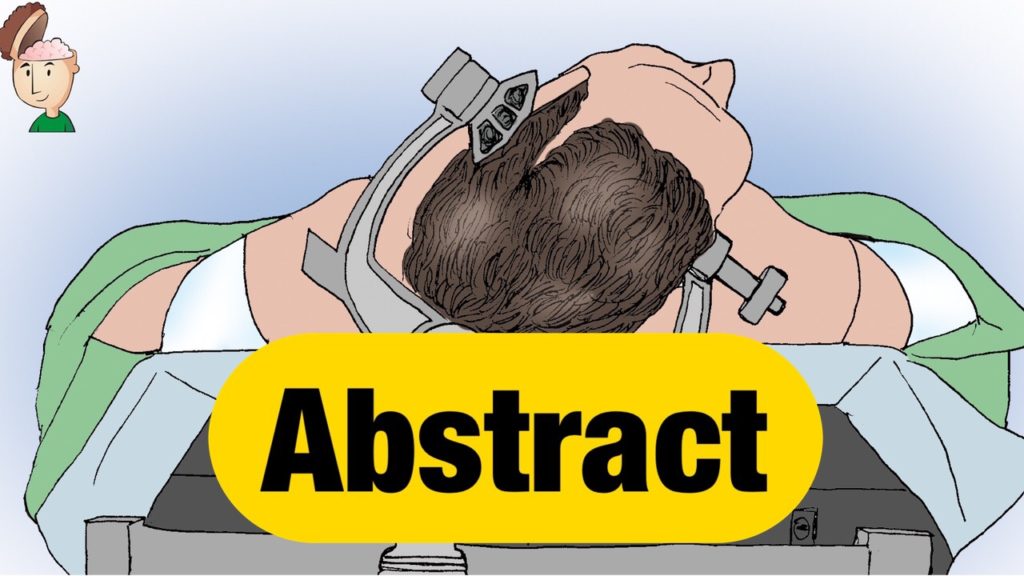Outcomes of presumed malignant glioma treated without pathological confirmation: a retrospective, single-center analysis
Seth Andrew Climans 1, Ronald Cepe Ramos 1, Normand Laperriere 1, Mark Bernstein 2, Warren P Mason 1Affiliations expand
- PMID: 33282325
- PMCID: PMC7690356 (available on 2021-03-16)
- DOI: 10.1093/nop/npaa009
Abstract
Background: Tissue diagnosis is essential in the usual management of high-grade glioma. In rare circumstances, due to patient preference, performance status, comorbidities, or tumor location, biopsy is not feasible. Sometimes a biopsy is nondiagnostic. Many neuro-oncology clinics have patients like this, but these patients’ outcomes and responses to treatment are not known.
Methods: We retrospectively reviewed records from adult patients diagnosed with presumed high-grade glioma of the brain without definitive pathology, diagnosed between 2004 and 2016. We recorded several clinical variables including date of first diagnostic imaging and date of death.
Results: We identified 61 patients and subclassified them to brainstem glioma (n = 32), supratentorial presumed glioblastoma (n = 24), presumed thalamic diffuse midline glioma (n = 2), gliomatosis cerebri (n = 2), and cerebellar glioma (n = 1). Most brainstem glioma patients had no biopsy because of tumor location. Supratentorial presumed glioblastoma patients had no biopsy predominantly because of comorbidities. Median survival, from first diagnostic imaging, was 3.2 months (95% CI: 2.9 to 6.3 months) in the supratentorial glioblastoma group and 18.5 months (95% CI: 13.0 to 44.1 months) in the brainstem group. Treatment with radiation or chemotherapy did not alter the median survival of the supratentorial glioblastoma group (hazard ratio 1.41, uncorrected P = .5).
Conclusions: Patients with imaging diagnoses of high-grade glioma have similar, if not worse, survival than those with pathological confirmation. Based on these uncontrolled data, it is unclear how effective radiation or chemotherapy is in this population.
Keywords: brainstem glioma; chemotherapy; diagnostic uncertainty; glioblastoma; radiation oncology.
© The Author(s) 2020. Published by Oxford University Press on behalf of the Society for Neuro-Oncology and the European Association of Neuro-Oncology. All rights reserved. For permissions, please e-mail: journals.permissions@oup.com.
Similar articles
- Radiotherapy for diffuse brainstem glioma in children and young adults.Hu X, Fang Y, Hui X, Jv Y, You C.Cochrane Database Syst Rev. 2016 Jun 27;(6):CD010439. doi: 10.1002/14651858.CD010439.pub2.PMID: 27378212 Review.
- Influence of bromodeoxyuridine radiosensitization on malignant glioma patient survival: a retrospective comparison of survival data from the Northern California Oncology Group (NCOG) and Radiation Therapy Oncology Group trials (RTOG) for glioblastoma multiforme and anaplastic astrocytoma.Prados MD, Scott CB, Rotman M, Rubin P, Murray K, Sause W, Asbell S, Comis R, Curran W, Nelson J, Davis RL, Levin VA, Lamborn K, Phillips TL.Int J Radiat Oncol Biol Phys. 1998 Feb 1;40(3):653-9. doi: 10.1016/s0360-3016(97)00770-0.PMID: 9486616
- Outcome in elderly patients undergoing definitive surgery and radiation therapy for supratentorial glioblastoma multiforme at a tertiary care institution.Mohan DS, Suh JH, Phan JL, Kupelian PA, Cohen BH, Barnett GH.Int J Radiat Oncol Biol Phys. 1998 Dec 1;42(5):981-7. doi: 10.1016/s0360-3016(98)00296-x.PMID: 9869219
- Anti-angiogenic therapy for high-grade glioma.Ameratunga M, Pavlakis N, Wheeler H, Grant R, Simes J, Khasraw M.Cochrane Database Syst Rev. 2018 Nov 22;11(11):CD008218. doi: 10.1002/14651858.CD008218.pub4.PMID: 30480778 Free PMC article.
- Supratentorial high-grade astrocytoma and diffuse brainstem glioma: two challenges for the pediatric oncologist.Broniscer A, Gajjar A.Oncologist. 2004;9(2):197-206. doi: 10.1634/theoncologist.9-2-197.PMID: 15047924 Review.

